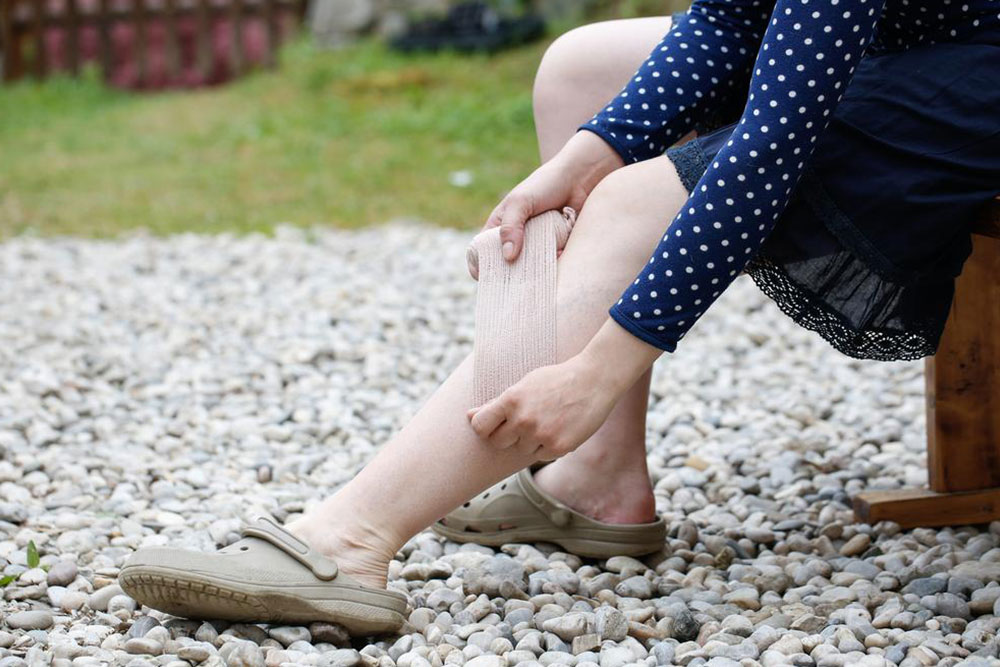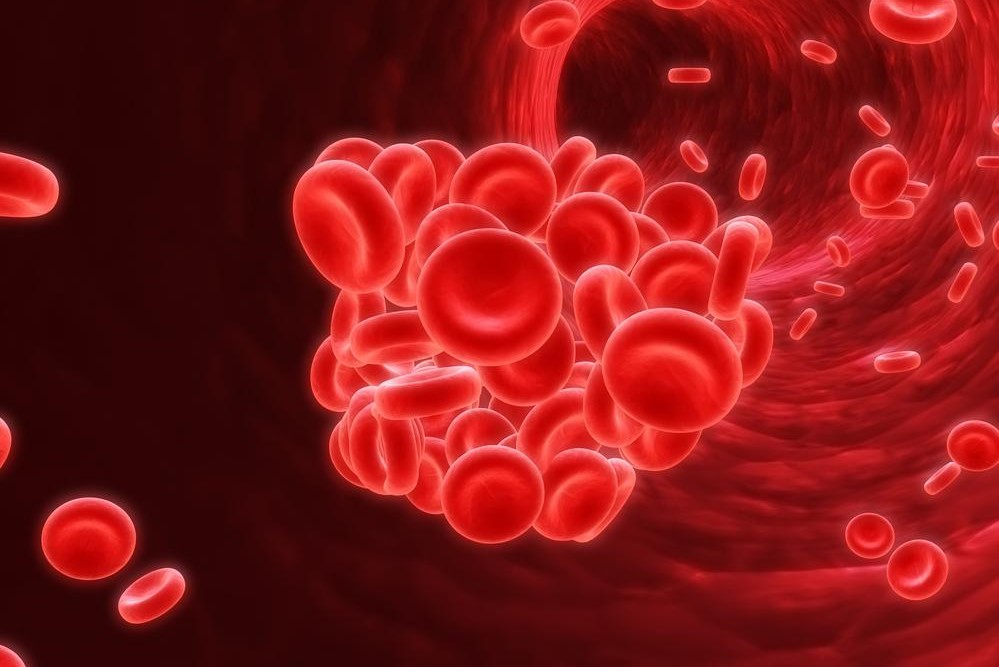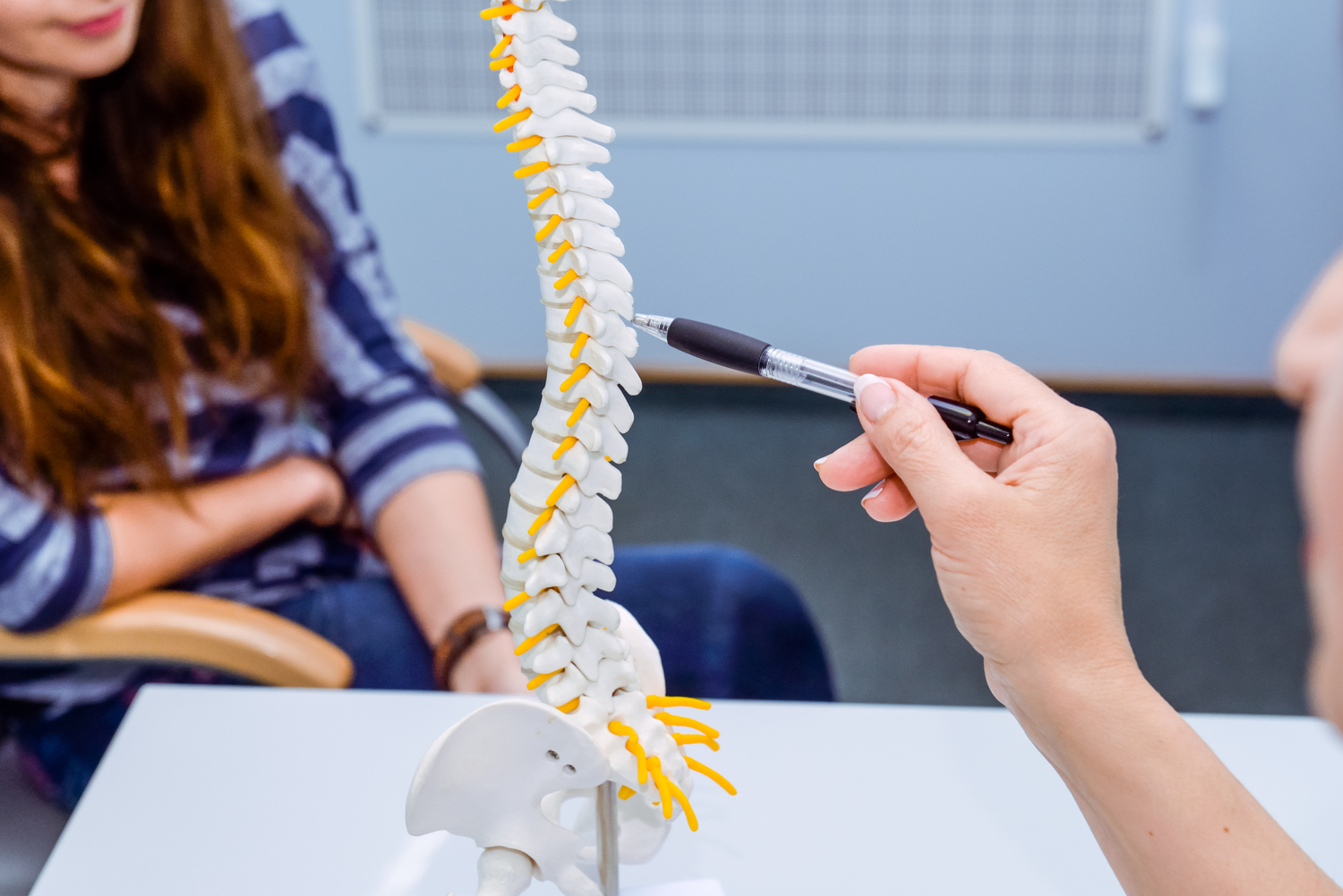Understanding the Causes Behind Blood Clots
This article explores the various causes of blood clots, including inactivity, long surgeries, pregnancy, hormonal therapies, and vessel damage. It emphasizes risk factors like lifestyle choices and medical procedures, highlighting the importance of awareness and preventive measures to reduce thrombosis chances.

Blood clots, or thrombosis, can sometimes form without an obvious trigger. Nevertheless, certain factors and lifestyle choices significantly raise the risk.
When the body remains inactive for extended periods, blood tends to pool, especially in the lower extremities like the legs. This is usually harmless if movement resumes promptly, as circulation normalizes. However, prolonged immobility—such as during surgery, illness, injury, or long-distance travel—slows blood flow, increasing clot formation chances.
Hospital stays and surgeries further elevate thrombosis risk, notably if procedures exceeding 90 minutes involve the legs, hips, or abdomen. Conditions like appendicitis or inflammatory diseases also contribute. Blood vessel injury or narrowing can promote clot development. Pregnancy, especially over age 35, multiple pregnancies, cesarean deliveries, smoking, or dehydration, increases the likelihood of venous thromboembolism (VTE). Hormonal treatments containing estrogen, such as certain contraceptives or hormone therapy, also raise clot risks. Progesterone-only options appear safer in this regard.
Note: Our articles provide helpful insights based on research, but should not replace professional medical advice. We disclaim responsibility for inaccuracies or differences found elsewhere. Always consult healthcare professionals for diagnosis and treatment decisions.










